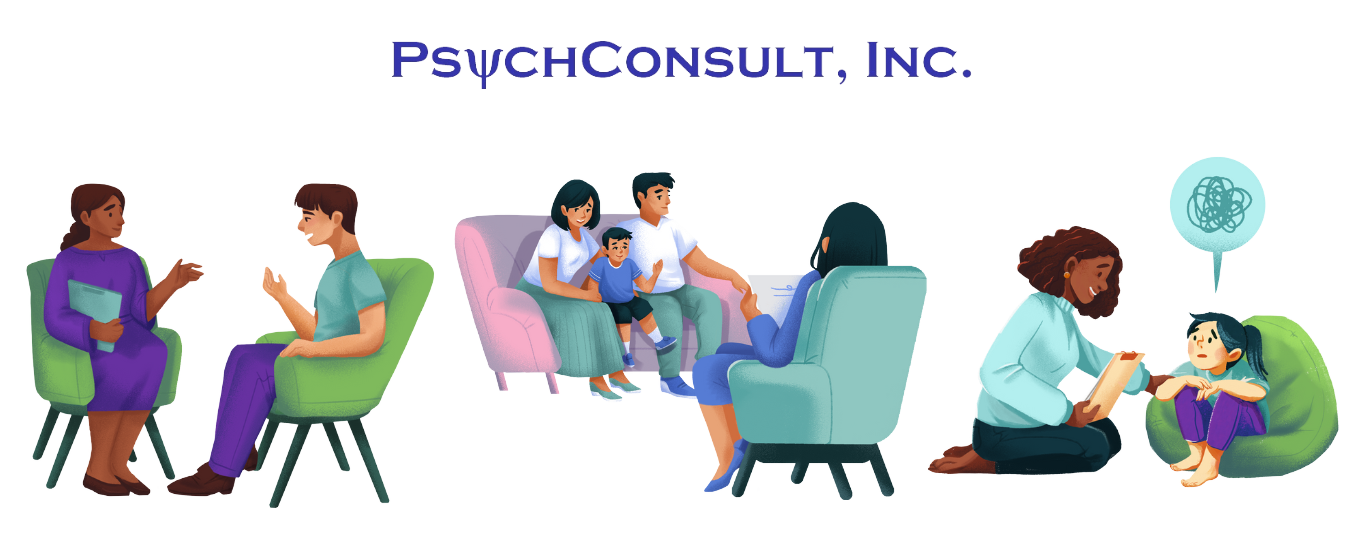PsychConsult, Inc. is the pioneering psychological firm in the Philippines. We are a group of Filipino Psychologists focused on promoting our clients’ psychological health and well-being. We work with individuals, groups, and families to be empowered and attain better emotional wellbeing to function as productive members of the community. Our goal is to assist in bringing out the best in people and improving their quality of life.

Find a Consultant
Discover skilled professionals for expert guidance tailored to your specific needs.
01

Choose a Schedule
Schedule appointments, meetings, or consultations with flexibility and ease.
02

Pay Online
Effortless and secure online payments designed for your convenience.
03

Services and Programs
PsychConsult offers comprehensive mental health services and programs for individuals experiencing psychological difficulties. Our team of qualified psychologists are dedicated to promoting mental well-being and improving the overall quality of life for our clients.







